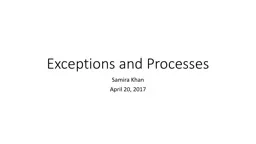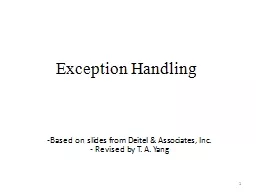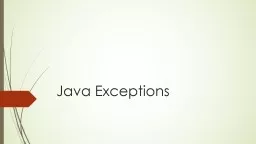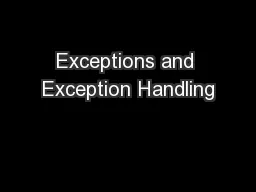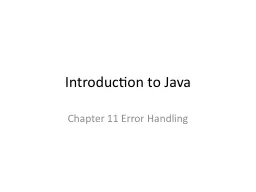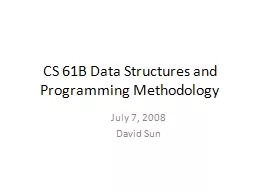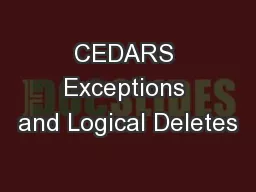PPT-Exceptions and Processes
Author : briana-ranney | Published Date : 2018-09-23
Samira Khan April 20 2017 Review from last lecture Exceptions Events that require nonstandard control flow Generated externally interrupts or internally traps and
Presentation Embed Code
Download Presentation
Download Presentation The PPT/PDF document "Exceptions and Processes" is the property of its rightful owner. Permission is granted to download and print the materials on this website for personal, non-commercial use only, and to display it on your personal computer provided you do not modify the materials and that you retain all copyright notices contained in the materials. By downloading content from our website, you accept the terms of this agreement.
Exceptions and Processes: Transcript
Download Rules Of Document
"Exceptions and Processes"The content belongs to its owner. You may download and print it for personal use, without modification, and keep all copyright notices. By downloading, you agree to these terms.
Related Documents

